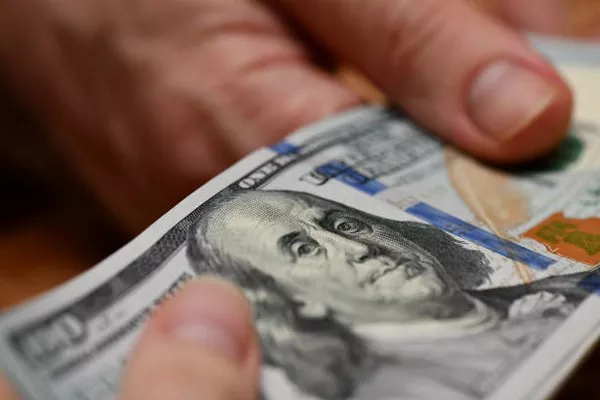In the realm of numismatics and currency enthusiasts, the allure of rare and unique banknotes often captures the imagination. Among the many speculations and rumors circulating in this niche community is the question: Are gold $100 bills real? This inquiry has sparked curiosity and debate, prompting individuals to delve into the intricate world of currency design, security features, and historical context.
Historical Background:
To understand the origins of the gold $100 bill myth, we must journey back to the 1930s when the United States faced economic challenges during the Great Depression. In an attempt to stabilize the economy, President Franklin D. Roosevelt signed Executive Order 6102 in 1933, effectively making it illegal for private citizens to own large quantities of gold coins, gold bullion, or gold certificates. The order aimed to curb hoarding and encourage people to deposit their gold in banks.
As a result, the U.S. Treasury recalled all gold certificates in circulation, and citizens were required to exchange them for Federal Reserve Notes. While the $100 bill was not immune to this recall, it did not lead to the creation of gold $100 bills. Instead, the notes issued in exchange were standard Federal Reserve Notes, maintaining the traditional green color associated with U.S. currency.
Modern Misconceptions:
The confusion surrounding gold $100 bills likely stems from a misinterpretation of historical events and the existence of gold certificates in the past. Gold certificates were a form of representative money that could be redeemed for a specific amount of gold. However, these certificates were typically issued in smaller denominations, such as $10 or $20, and were not produced for the $100 denomination.
In the contemporary context, the U.S. Treasury and the Bureau of Engraving and Printing (BEP) are responsible for designing and producing U.S. banknotes. As of my knowledge cutoff in January 2022, the BEP has not issued any gold $100 bills. The standard $100 bill features a portrait of Benjamin Franklin and retains the traditional green color associated with U.S. currency.
Security Features of Genuine U.S. Currency:
To distinguish genuine U.S. currency from counterfeit notes, the Bureau of Engraving and Printing incorporates a variety of sophisticated security features. These features are constantly evolving to stay ahead of counterfeiters and include elements such as color-shifting ink, watermarks, security threads, and microprinting. The absence of these security features on a purported gold $100 bill would be a clear indicator of its inauthenticity.
Common Pitfalls and Red Flags:
In the digital age, misinformation spreads rapidly, and individuals must exercise caution when encountering claims of rare or unique banknotes. One common pitfall is the circulation of digitally altered images depicting gold-colored $100 bills. These images can easily be created using photo-editing software, leading to confusion among those who may not be well-versed in currency design.
Another red flag is the absence of verifiable information from reputable sources such as the U.S. Treasury or the Bureau of Engraving and Printing. Genuine changes to U.S. currency, including the introduction of new denominations or designs, would be officially announced and documented by these authorities.
See Also How Much Can You Get For A 2 Dollar Bill
Conclusion:
While the idea of holding a gold $100 bill may captivate the imagination of collectors and currency enthusiasts, the reality is that such notes do not exist as legitimate U.S. currency. The history of gold certificates in the 1930s, combined with modern security measures and design standards, serves as a testament to the meticulous processes in place to ensure the integrity of U.S. banknotes.
As with any collectible or investment, it is crucial to approach claims of rare or unique currency with a discerning eye. Verifying information through official channels, understanding the historical context, and recognizing the security features of genuine banknotes are essential steps in navigating the fascinating world of numismatics without falling victim to myths and misconceptions.


